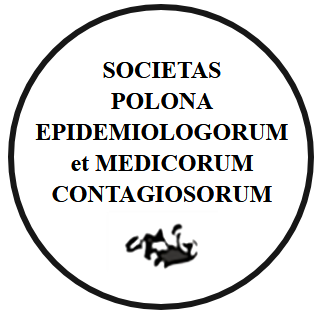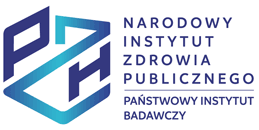ABSTRACT
INTRODUCTION. Sexually-transmitted infections (STIs) are serious public health problem, being acquired by more than 1 million people every day worldwide.
OBJECTIVE. Assess the knowledge, attitudes, risky behaviors and preventive practices related to STIs among medical and non-medical faculties students from Bialystok.
MATERIALS AND METHODS. In 2018 an original anonymous survey was carried among 168 subjects from medical and 142 from non-medical universities. They filled 37 questions: general and specific regarding STI. Statistical analysis was performed using Chi-Square test, statistically significant difference was at p=0.05.
RESULTS. In the group 80,6% were females and 19,4% males, with a mean age of 21,9 years. Over 73% were sexually active and almost half of them admitted risky sexual behavior in the past. Almost 16% have ever done an examination for STIs. HIV remains the best known STIs, while hepatitis B was known mainly among medical students. Three fourth students knew that STIs could be asymptomatic. Over half of the students knew that vaccinations against STIs were available and 88,6% of them heard about the HPV vaccine. There was statistically significant difference between the groups regarding the knowledge of diseases transferred sexually, causative agents, history of STI examination, vaccines against STIs.
CONCLUSIONS. Almost all participants identified HIV as STIs. Unfortunately, knowledge about other STIs is still at lower level. Both groups have indicated the Internet as a source of knowledge about STIs and the need to acquire additional education about these diseases. To conclude, non-medical students have less awareness about STIs.
STRESZCZENIE
WSTĘP. Infekcje przenoszone drogą płciową (sexually transmitted infections - STIs) są poważnym problemem zdrowia publicznego, wykrywanym u ponad 1 miliona osób każdego dnia na całym świecie.
CEL PRACY. Analiza wiedzy, ryzykownych zachowań oraz działań prewencyjnych dotyczących STIs wśród studentów kierunków medycznych i niemedycznych białostockich uczelni.
MATERIAŁ I METODY. W 2018 roku przeprowadzono anonimową ankietę złożoną z 37 pytań wśród 168 studentów UMB i 142 studentów uczelni niemedycznych. Analizę statystyczną przeprowadzono w oparciu o test Chi-kwadrat, zakładając poziom istotności równy 0,05.
WYNIKI. Kobiety stanowiły 80,6% wszystkich respondentów, mężczyźni 19,4%, średni wiek wynosił 21,9 roku. Ponad 73% ogółu osób była aktywna seksualnie, blisko połowa z nich deklarowała ryzykowne zachowania seksualne w przeszłości. Blisko 16% było badanych w kierunku STIs. Najbardziej rozpoznawaną przez respondentów STIs była infekcja HIV, podczas gdy zapalenie wątroby typu B było rozpoznawane tyko przez studentów kierunków medycznych. Blisko ¾ studentów wiedziało, że STIs mogą przebiegać bezobjawowo.
Ponad połowa studentów miała świadomość istnienia jakichkolwiek szczepień przeciwko STIs, 88,6% z nich wskazywało szczepienie przeciwko HPV. Między grupami istniała różnica istotna statystycznie w zakresie wiedzy o chorobach przenoszonych drogą płciową i możliwych miejscach badania w ich kierunku, czynnikach etiologicznych oraz historii badania w kierunku STIs.
WNIOSKI. Niemal wszyscy respondenci potrafili wskazać infekcję HIV jako STIs. Niestety wiedza o innych STIs jest dużo mniejsza. Obie grupy wskazały potrzebę edukacji w zakresie STIs, a jako główne źródło swojej wiedzy podały internet. Podsumowując, studenci uczelni niemedycznych są mniej świadomi STIs.
You can change cookies settings in your browser. Restricted use of cookies in the browser configuration may affect some functionalities of the website.





